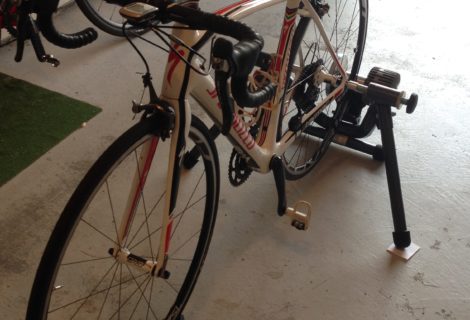Testing
Do you know where you are at physically? Are you more fit this month than you were last month? Are you more fit right now than you were at the same time last year? The best way to measure changes in your fitness, and to see if your training is paying off, is to do some testing. Way back when I started racing in 1985 we had a limited number of tests that were available to us to measure our fitness. One of these tests was the Conconi test. It was a nasty test that had us increasing our work intensity every minute until we could no longer push any harder on the pedals. After the test our speed was plotted against our heart rate, and we looked for a bend in the plot line. This bend, or deflection, was supposed to be our anaerobic threshold(AT). Now whether that deflection actually represented our AT or not is up for debate, however, back in the day we used the location of that deflection point – if we could find it – to do two things. The first was the location of the deflection would let us know if we were more or less fit since the last time we took the test. And the second was we used the location of the deflection to set up our heart rate training zones. Today we don’t have to do the Conconi test. There are many other testing options, and many of these options give us much more user friendly data. With the advent, and mass availability, of power meters it is very easy for anyone to run one of many different functional threshold tests on themselves to check their fitness. I would recommend that you find a functional threshold test that you like, and use it occasionally to check on your fitness. Stick with using the same test, and complete the test at a time when it makes sense, such as after a big block of training. If you do the testing consistently you will always now where you are at physically, and which direction your fitness is trending.
-Jason






When did you get your first powermeter?
I bought a williamscycling wheel with a power tap hub in ~2008. It served me well, and then I upgraded to an SRM in 2012. I much prefer testing, and monitoring my progress, with a power meter coupled with a heart rate monitor than just the heart rate monitor.
I’m interpreting these test results in 1 of 2 ways: 1) there is no bend in the line, so you have no AT; or 2) you were beyond your AT from the first data point.
Professor, you missed the 3rd possibility – I was not digging the pain and pulled the plug before the deflection. Like I stated, sometimes you just couldn’t find it, and maybe that was because it does not exist as defined. Whatever the case may be, I think it’s time to get into the lab and do a lactate threshold test.
-Jason